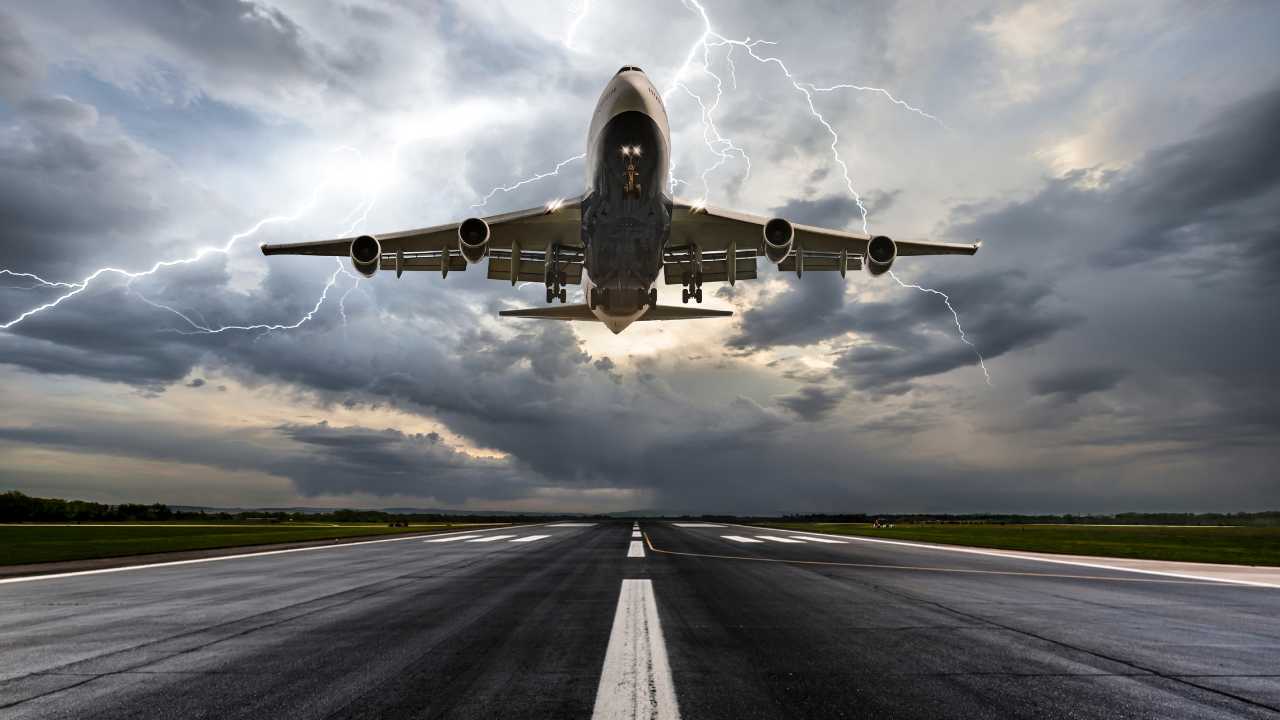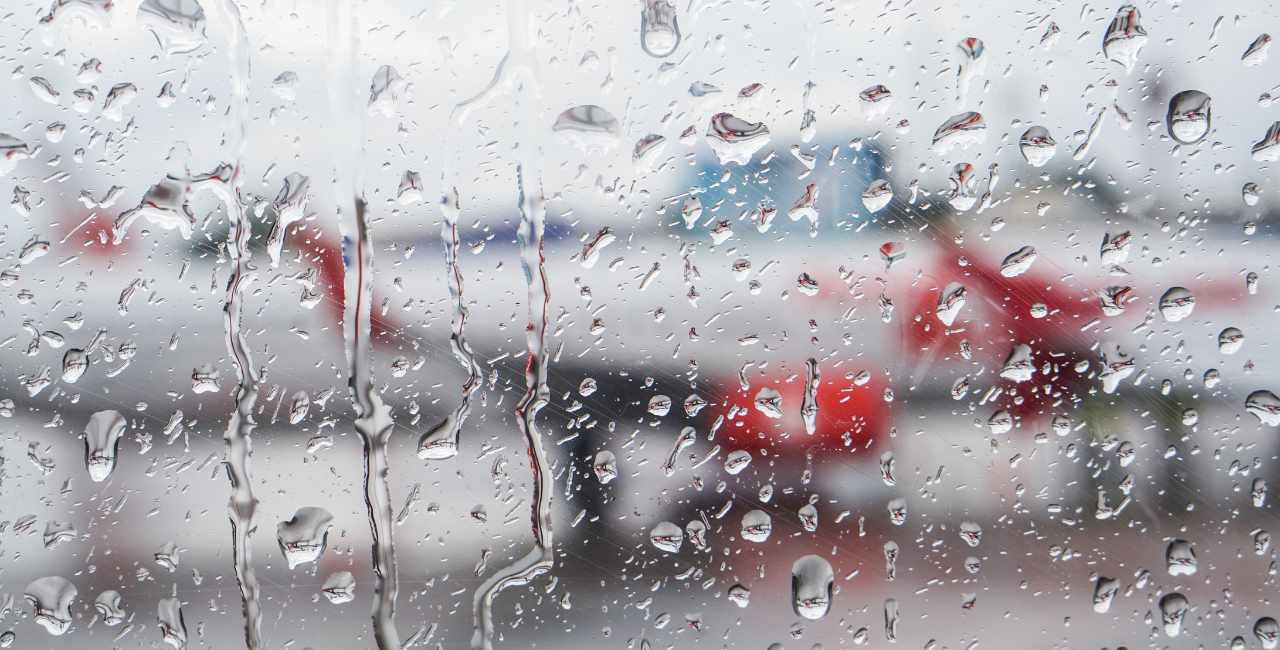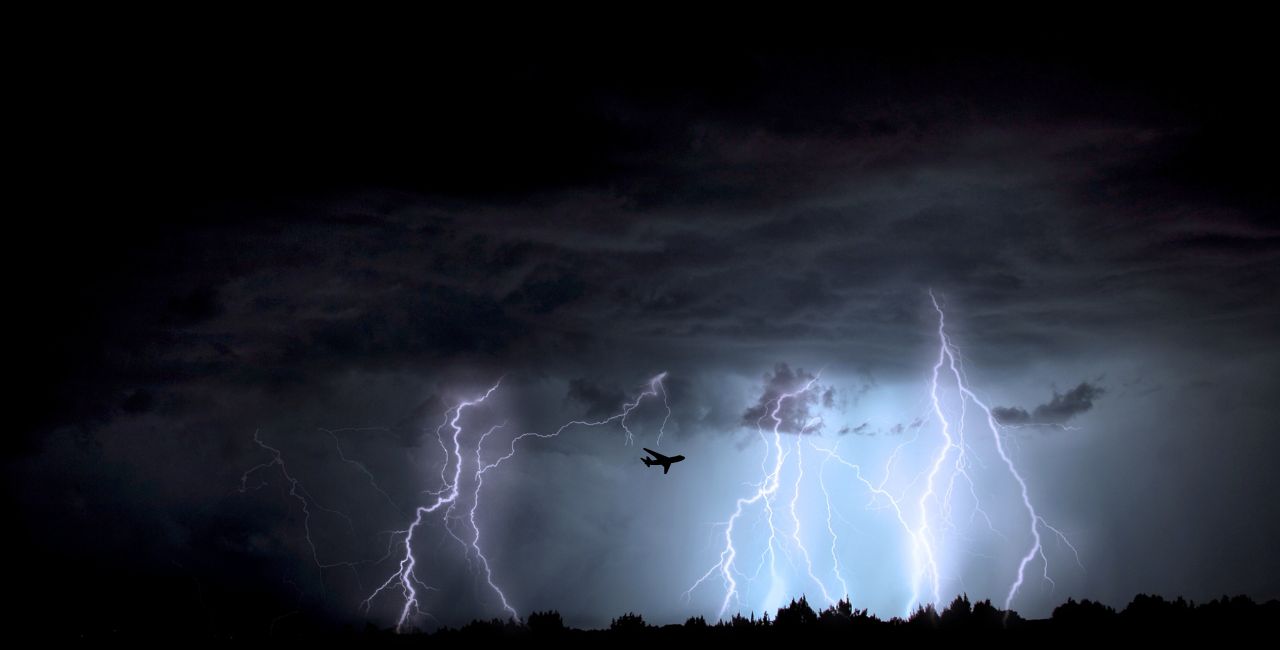Meteorology is a fundamental factor when planning a flight. It is primordial for pilots to be able to identify the different meteorological phenomena, such as storms. But do you know exactly what a storm is and how it is formed?
Well, carry on reading, as, in this post, we talk about cyclones, commonly known as squalls or storms.





